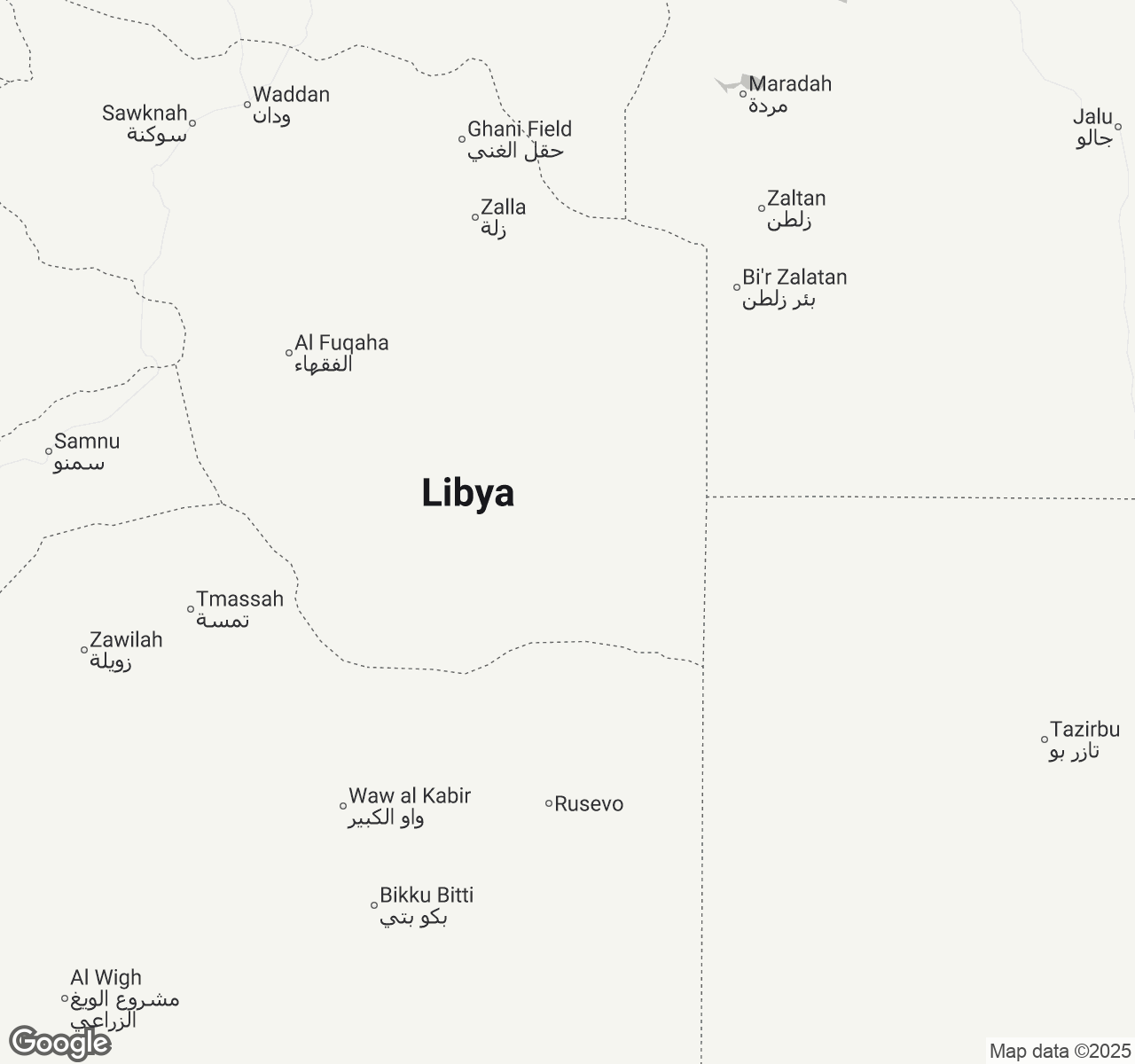
Things to Do in Libya
Discover the best of Libya
Plan Your Trip
Essential guides for timing and budgeting
Top Things to Do in Libya
Discover the best activities and experiences. Book now with our trusted partners and enjoy hassle-free adventures.
Your Guide to Libya
About Libya
Libya unfolds like a tapestry woven from golden sand dunes and ancient stones, where the whispers of Roman emperors still echo through the magnificent ruins of Leptis Magna and Sabratha. This North African jewel guards secrets of civilizations that once ruled the Mediterranean, their legacy carved into marble columns that rise defiantly against endless desert horizons. The Sahara here isn't merely sand—it's a living canvas painted in infinite shades of amber and rose, where Tuareg traditions dance with Mediterranean breezes along the coast. In bustling medinas of Tripoli and historic Ghadames, the aroma of spiced lamb and fresh bread mingles with frankincense, creating an intoxicating symphony for the senses. Every sunset transforms the landscape into liquid gold, whether witnessed from ancient amphitheaters or atop wind-carved dunes. Libya offers the rare privilege of walking through history while being embraced by some of Africa's most pristine wilderness—a destination where adventure seekers and culture enthusiasts discover magic in equal measure.
Travel Tips
Transportation: Arrange private drivers or organized tours through reputable local agencies, as public transport is limited. Internal flights connect major cities but book well in advance. Avoid driving at night and always travel with GPS devices and extra fuel for desert excursions.
Money: Bring US dollars or euros in cash as credit cards are rarely accepted. Exchange money at banks or authorized dealers in major cities. The Libyan dinar fluctuates significantly, so confirm current exchange rates before traveling and budget accordingly.
Cultural Respect: Dress conservatively covering shoulders and knees, especially when visiting mosques or rural areas. Friday is the holy day with many businesses closed. Always ask permission before photographing people and respect Ramadan customs by eating discretely during daylight hours.
Food Safety: Stick to bottled water and avoid ice cubes. Choose busy restaurants with high turnover for freshest meals. Try traditional dishes like couscous, lamb tagines, and fresh seafood along the coast. Street food from popular vendors is generally safe.
When to Visit
Libya's optimal travel window spans October through April when temperatures range from 15-25°C (59-77°F), offering comfortable exploration conditions. Winter months (December-February) see occasional rainfall averaging 15-30mm monthly, with cooler evenings requiring light jackets. Spring (March-May) brings perfect weather with temperatures climbing to 20-30°C (68-86°F) and wildflowers blooming across northern regions. Summer (June-September) presents extreme heat reaching 35-45°C (95-113°F) along the coast and exceeding 50°C (122°F) in desert areas, making travel challenging but reducing accommodation costs by 30-40%. Peak season (November-March) sees prices increase 25-35% but offers ideal conditions for archaeological site visits and desert expeditions. Key cultural events include the Ghadames Festival (October-November) celebrating Tuareg culture, and various local festivals during Eid celebrations (dates vary by lunar calendar). Ramadan significantly impacts travel logistics with altered restaurant hours and reduced services. Photography enthusiasts should target December-February for optimal lighting conditions at ancient sites. Desert camping is most comfortable November-March when nighttime temperatures drop to 5-15°C (41-59°F). Business travelers find September-November and February-April most productive as government and commercial activities resume normal schedules.

Libya location map